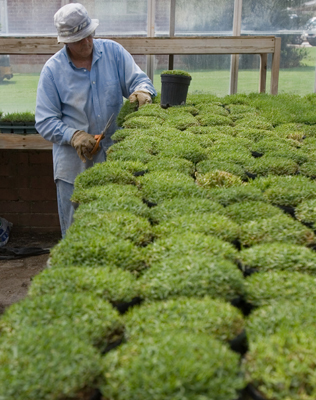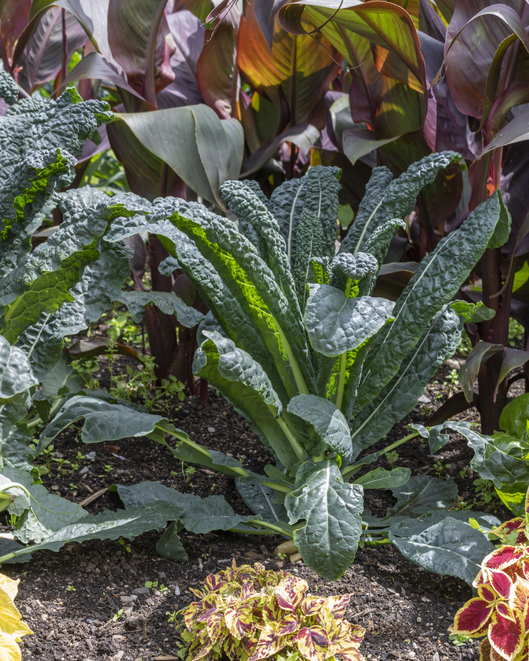Homeowners and landscapers are beginning call their University of Georgia Cooperative Extension office with questions about warm-season turf lawns. Many are concerned that their lawn has been a victim of "winter kill" and they are looking for a solution to the problem.
While some winter kill may be possible, it is difficult to define and diagnose. More likely, the turf hasn't completed its spring green-up.
Soil temperature, rainfall are factors
It is important to remember that warm-season turf green-up is dependent on the soil temperature reaching 65 degrees Fahrenheit. Based on monitoring yearly averages at the 4-inch depth on the UGA campus in Griffin, Ga., the soil is approximately two to three weeks behind in reaching temperatures conducive for root growth.
Also, Georgia received a lot of rain late last summer and fall. With rainfall comes cloudy conditions and reduced sunlight. Warm-season grasses depend on light to produce carbohydrate reserves needed to recover from winter dormancy.
In some circumstances, lawns may have been less fit going into dormancy as a result of overcast, rainy days. Hence these lawns were not as prepared for spring re-growth.
Georgia's climate confusing
Georgia had some unusually warm weather in early April, which stimulated growth, followed by cooling later in the month. A return to cool temperatures coupled with lagging soil temperatures and less hardy grass as a result of last year's conditions, has slowed growth.
At the same time, environmental conditions have remained favorable for spring diseases like large patch. While many lawns are showing good green-up, until our daytime temperatures are consistently in the 80's, complete green-up may not occur.
Since the last threat of frost is gone, it is now safe to aerate and fertilize all warm-season grasses, which can stimulate growth. Monitor the turf during the next few months, and if it does not improve by June, testing for disease, insects, and fertility may be required. If the turf does not respond, replacement may be necessary.
For more information on caring for turfgrasses in Georgia, see the Web site www.GeorgiaTurf.com.








